The striking, gorgeous stunner on the cover of Vanity Fair Magazine is RuPaul , aka the most iconic drag queen in the world. Additionally, she is the first professional Drag Queen to grace the publication of a major mainstream media publication. But most of you reading this are wondering what exactly a "Drag Queen" is. Let me introduce you to the colorful, vibrant, sparkling and extravagant world of Drag.
In particular, to understand the meaning of Drag Queen, you must first understand the meaning of than the word 'drag'. Firstly, the term Drag comes from the world of theatre . Mainly the dresses men wore to play female characters would drag along the floor. So that's why the term Drag is usually spoken to describe a gay man who dresses in women's clothes today. But it also extends to transgender men/women and cisgender women as well. Whereas in the old days, actors played female roles because there were no actresses around. Although this was not exactly in the spirit of what we call drag today - it was a start.
However, Drag began out of necessity, although that's not to say the contestants didn't enjoy it. While the mainstream media has finally noticed the fabulous world of Drag, with the most famous TV show for Drag on tv. While others struggle to get society to embrace the world of drag, Drag Queens open the floodgates and give them the platform on the world stage in Rupaul's Drag Race. Most importantly, the journey to uncover the mountains of talent has just begun and will slowly take over the world.
The beginning of Drag

Image credit: Allthatsinteresting.com/history-of-drag-queens
Thanks in large part to the success of RuPaul's Drag Race, the art form is now seen regularly. Mainly on regular TV channels, magazine covers and is the subject of several vlogs and podcasts.
But the history of drag goes back much further than the time the competition was on the air. While this led to RuPaul Charles being a global superstar at the same time. Essentially, his fellow Drag Race judge Michelle Visage said:'Honey, it goes back centuries'.
Significantly, Drag began out of necessity, although that's not to say the contestants didn't enjoy it. Especially when the Shakespeare theater was shiny and new in the late 16th and early 17th centuries. Most importantly, the stage was not just a place of entertainment. But it had strong connections to the church, and with that came rules that only men could tread the boards. If the play you were in had any female roles, then it was up to a couple of the men in the cast to dress as members of the opposite sex so the story didn't suffer.
Male actors playing female characters
Furthermore, actors played female roles because there were no actresses around. Although not exactly in the spirit of what we call drag today - it was a start. While it soon became a way for men (often gay men, although many straight men also use drag) to express another side of themselves. Furthermore, they exaggerated feminine looks, style and body language to create a personality. As RuPaul himself says, there is more to drawing than impersonating a woman:“I don't dress like a woman; I dress like a drag queen! ”
However, drag kings, where female performers adopt an exaggerated male persona, are also popular.
Princess Seraphina, Drag Queen
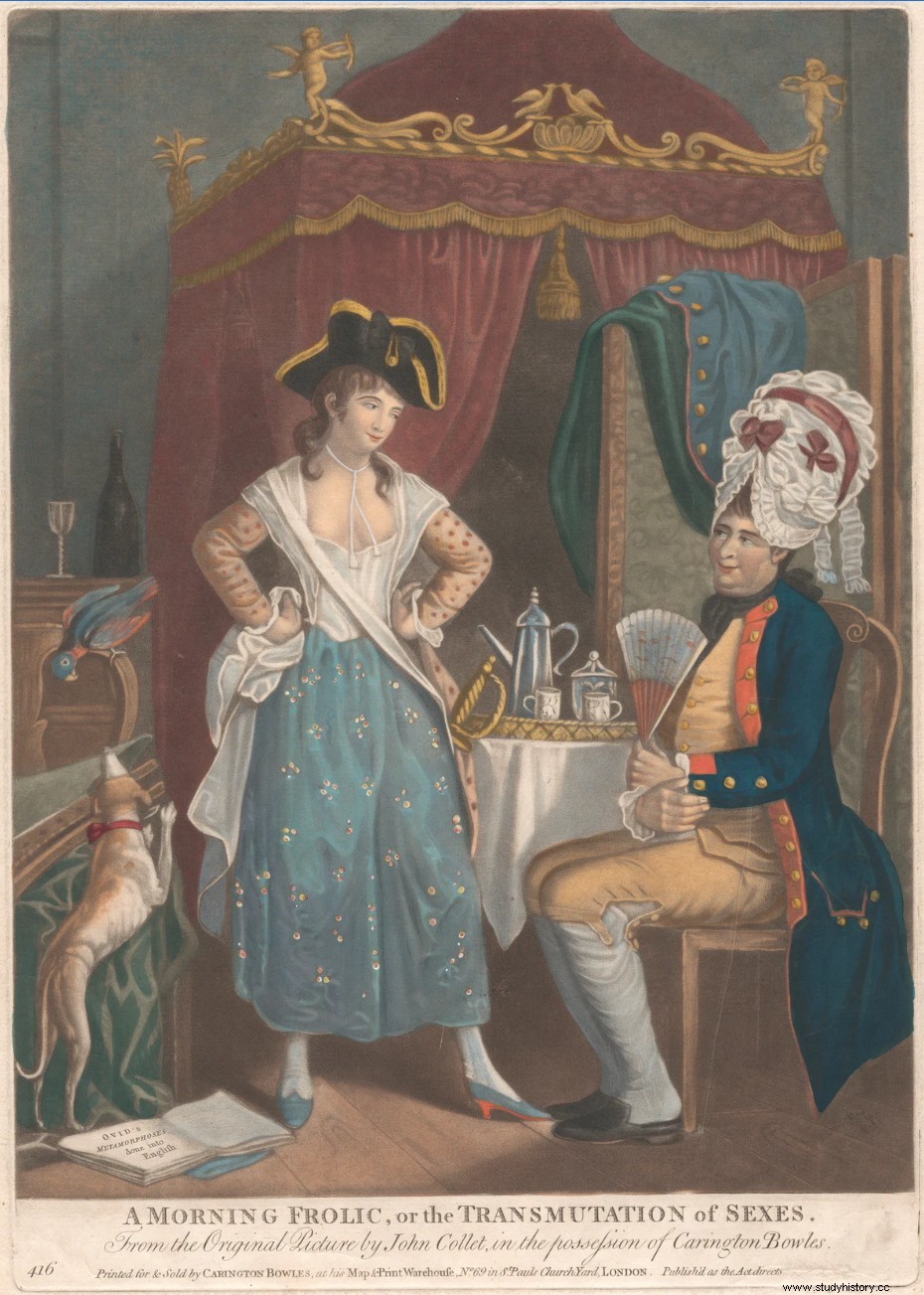
Image Source:Bustle.com/entertainment/british-drag-queens
While the fight for LGBT equality continues (it's still illegal to be LGBT in more than 70 countries), someone who seemed to enlighten around him in 18th-century England was Princess Seraphina.
Otherwise known as gentleman's servant John Cooper, Seraphina was the country's first drag queen. In fact, she was a part of John's daily life rather than an acting role.
She was a common sight in molly houses, the equivalent of a gay bar. Although men would be hanged to death in those days if they were found to be engaging in homosexual acts. Sadly, three people were hanged in 1726, following an attack on a molly house. Furthermore, there are no reports of Seraphina ever being arrested or discredited. The only scandal she was involved in was the theft of her clothes in 1732. And even then Seraphina appeared in the victim as a judge.
Julian Eltinge

Image Source:Pinterest.com
As time went on, drag became more about the individual and the queens built their own fan bases. One of the biggest stars of the early 20th century was Julian Eltinge. While many drag queens are men in women's clothing, Eltinge (as she is known) made her convincing enough for the audience to believe that she is not a character, but a real actress.
Most importantly, Eltinge came from the world of vaudeville, known as a variety theater in Britain, where cross-dressing was very popular. While at the end of performances he would remove his wig and reveal his gender to the crowd, often to disbelief. Furthermore, it was hugely popular and spanned over 20 years, Eltinge's career was very much on an upward trajectory. Until various acts fell out of favor in the 1930s. Although there was tolerance, even celebration of drag and LGBT people in the US during the 1920s and early 30s (known as the 'stepmother boom'). While American society became more reactionary in the mid-1930s, amid fears surrounding sex crime, which had a negative impact on the way drag was perceived.
After World War II, although homosexuality was a sin in society as a whole - even illegal in some cases. But there were still drag acts who broke through the negativity and had successful careers. These mainly include Danny La Rue in the UK, who made his name in the 1950s. As well as Dame Edna Everage, the flamboyant creation of comedian Barry Humphries, who first appeared in the 1960s.
Ballroom culture
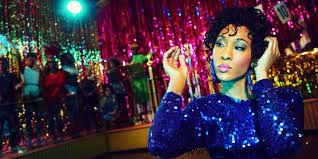 Blanca serving disco ball
Blanca serving disco ball Image Source:www.pinterest.com/pinterestpinwheels/ballroom-culture/
Ball culture mainly emerged in the 1920s in and around New York City. Initially, performers consisted mainly of white men who put on fashion shows in drag. But tired of the restrictive and racist ball culture, the queer black ball community created its own underground ball culture in the 1960s. Significant is the ballroom culture, the drag ball, the house-ballroom community or the ballroom scene are the terms you can use to understand the loving and supportive community that existed mostly underground.
This led to drag mothers being known as the head of the house, making them responsible for an entire drag family. Also, their mother's last name, their drag guards were allowed to adopt it, or even have their stage name chosen by their mother.
While Drag families play a major role in the 1990 drag ball documentary, Paris is Burning (which inspired Madonna's Vogue). Mainly with House of Xtravaganza and House of LaBeija among those featured.
Runway
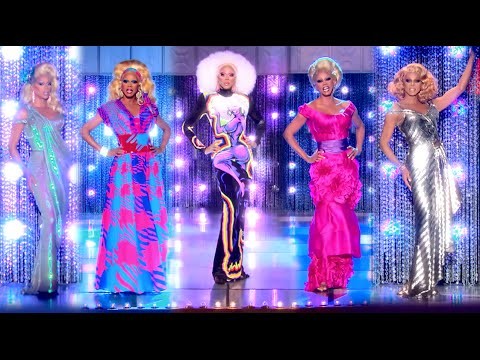
Image Source:Youtube
Basically, a runway is an integral part of the party hall where Drag Queens perform and entertain the children in several categories. Additionally, each category is formulated based on the specializations of each Drag performer, who can put their best foot forward and wow the crowd by strutting their stuff on the runway.
A winner in each category has a chance to go home with a trophy, certificate or handsome prize money to showcase their talent and compete. Usually there is a panel of judges who are experts in what they do and they give a rating based on what they see.
The impact of mainstream media
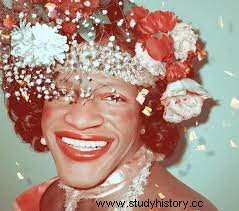
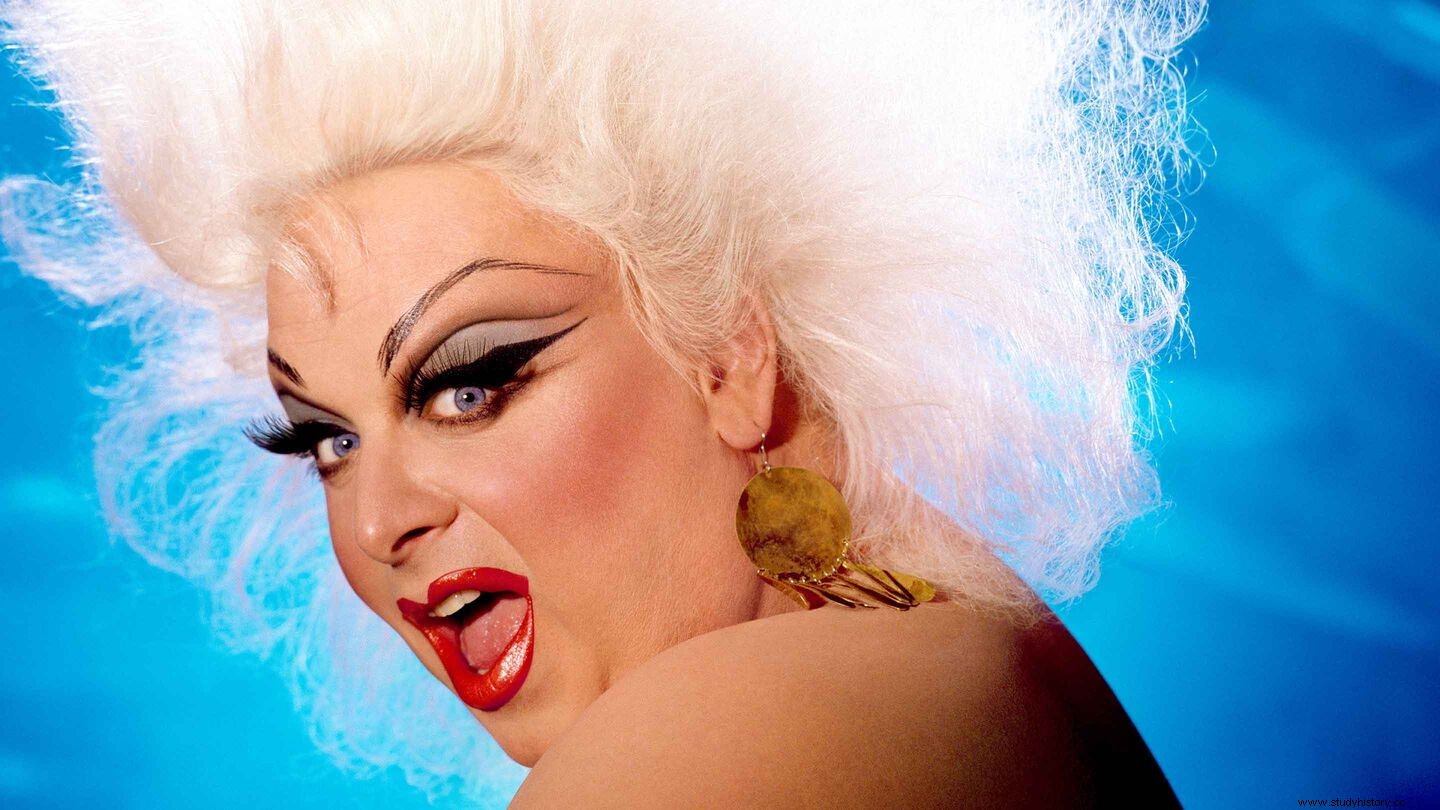
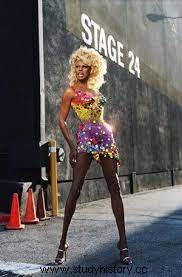
Image Source:Pinterest.com
Significantly, the Stonewall Riot of 1969 saw drag queens, notably Marsha P Johnson. Marsha protested against police raids on gay bars in New York City, and this led to the creation of the Gay Liberation Front.
Although the struggle for acceptance and equality grew in profile during the 1970s and 1980s, Harvey Milk became the first openly gay man to be voted into public office in San Francisco in 1977.
While the positive representation gradually bled through into the mainstream. Most importantly, the famous Divine, who died in 1988, appeared in many films by director John Waters. Mainly it had success transition (Divine played Edna Turnblad in the original version of Hairspray ). While in the early 1990s, RuPaul was on the cusp of global fame, combining a drag persona with a recording career that included a duet with Elton John.
Most importantly, in 2009, the first series of Drag Race aired. Mainly it was a mix of challenges; costume creation and skits. Plus, impersonators have made their way onto television for a surprisingly diverse audience (Dame Judi Dench is a big fan). Mainly with influence on the language itself.
STOP
 Angel /> Electric
Angel /> Electric  Pray tell
Pray tell  Angel
Angel  White
White  Electric
Electric Image Source:Clios.com/entertainment/winner/television-streaming-key-art/pose-season-2/pose-angel
Anyone who swallowed the American series "Pose" in a thirsty gulp will be aware of the drag balls that were born in parts of New York in the 1970s. Not only did the introduction of Drag culture go viral in the mainstream media with this particular show on the FX network. But this show was breaking cultural barriers left, right and centre. Mainly by showing more queer relationships on TV.
Not only that, "Pose" has a super talented transsexual director named Janet Mock in the director's seat. Most importantly, the show is in the running for multiple Emmys this year. And I hope they each win, as the show has had a profound effect on me. Especially, as the show had an impact on my thinking and understanding of people who exist beyond the gender binary. Mainly, the ballroom events involve owning the runway in the finest drag around to impress the judges. Also, contestants can go home with a clutch of trophies and sometimes prize money.
Dra mor
Furthermore, it was there that the term drag mother took hold. Although seasoned queens in this process would take upcoming alluring artists under their wing. Mainly to show them how to work on a stage as well as their appearance. While they would often provide a home for youngsters who may be going through a difficult time in their lives. Furthermore, not just those who intend to enter the drag world.
Dra terminology
Significantly, over the past couple of years, RuPaul's reality television show, RuPaul's Drag Race , has become a global phenomenon. In addition, queer slang, colloquial language and phrases have increasingly become part of popular culture. Furthermore, a number of the gender-bending contestants, and RuPaul himself, have inspired memes that are more shareable (Cher-able) than Grumpy Cat. Of course, drag performers around the world have been using the term in their acts for decades. Especially with the 1990 documentary, Paris Is Burning , a film that explores New York's underground balls of the 1980s (drag competitions and queer performance spaces). In addition, the film is credited with first exposing a wider audience to terms such as "passionate", "shadow", "work" (with an "I") and "fashion", among others.
But despite the language becoming more and more popular, the etymologies of queer slang words aren't exactly known, and there are still people scratching their heads during drag shows because they can't decode the linguistics.
Distribution of drag terms
Drag terms have become embedded in the vernacular of folk culture, and here is the breakdown of the same.
Drag Dictionary
The first word is Hunty | həntē |, which is a noun. Usually used to refer to a fellow artist. And it can also be used as a term for another queen. The term is a combination of the term "honey" and the c-word.
The second word is “Read “| Rd | as a verb. This term is interesting as it means to offend someone with minimal effort. Because reading is fundamental, Drag Queens usually read to each other and take turns. It's like a freestyle match that starts with "The Library is open". And if you unleash a reckless onslaught of insults, you're reading someone dirty.
The third word in the Drag dictionary is Shade | SHAD |, which is anoun and verb. It is a more subtle form of reading. When someone indirectly insults you, they are throwing shade.
The fourth word is Sick | sikəniŋ |, which is an adjective. Plus, it means that when someone looks this fabulous, it's nauseating.
The fifth word is Reality | rɪəlnəs |, which is a noun. It refers to the flawless execution of a particular impression or performance.
The next word is Work/work | wərk |, which is a verb. It means putting in the necessary effort and using your skills to perform effectively. While showing effort and talent is so undeniable that no one can shadow or read you.
The next word is Gag | gag |, which is a verb. So that means when you're so blown away by something, you're speechless.
For the advanced learner:here are some other notable entries that will leave you gagging.
Dess, Fishy (adjective and noun): usually used to refer to a queen who appears "real" in terms of femininity. It is also possible to "serve fish", which means that the queen goes for a particularly "girly" look.
While the term, Booger (noun): a non-stereotypically attractive drag queen whose success tends to be a result of her stage presence as opposed to her looks.
In addition, a Heather (noun) a conventionally pretty drag queen.
Instead it means putting on an Extravaganza eleganza (noun) a gathering of exceptionally high amounts of elegance.
Mainly, garage doors (noun) is a means of describing the eyelids of a woman wearing a single eyeshadow.
the conclusion
Dra is a fascinating, complex world packed with surprises and social history. Its importance and influence transcend borders. P came across Dra on the Netflix show "Dancing Queen". This show shows the journey of RuPaul's Drag Queen alum "Miss Alyssa Edwards" who runs the Beyond Belief Dance Company in Texas. The show captivated me and opened the floodgates of Drag for me.
In 2017, Time magazine named RuPaul as one of the 100 most influential people in the world. If that isn't serving up sickening reality, I don't know what is. And let me know which drag artist is your favorite, or even a collection of gag queens.
